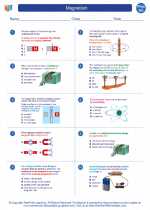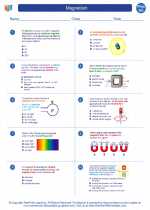Overview
Sea turtles are reptiles that have adapted to a life in the ocean. There are seven recognized species of sea turtles, including the Green, Loggerhead, Kemp's Ridley, Olive Ridley, Hawksbill, Leatherback, and Flatback turtles. These species vary in size, habitat, and behavior.
Anatomy
Sea turtles have a streamlined body with flippers that enable them to swim efficiently through the water. Their shell, or carapace, provides protection and support. Sea turtles are air-breathing reptiles and must come to the surface to breathe through their nostrils.
Habitat
Sea turtles are found in all the world's oceans, except for the polar regions. They migrate long distances between their feeding and nesting grounds. Some species inhabit coastal areas, while others are known to travel across entire ocean basins.
Life Cycle
Sea turtles have a complex life cycle that involves migration, mating, and nesting. Female sea turtles come ashore to lay their eggs in sandy beaches, where the hatchlings emerge and make their way to the ocean. The survival of hatchlings is crucial for the continuation of sea turtle populations.
Conservation
Sea turtles face significant threats from human activities, including habitat destruction, pollution, and bycatch in fishing gear. Conservation efforts are crucial for protecting sea turtle populations and their habitats. Various organizations and initiatives focus on research, education, and policy to safeguard these species.
Conclusion
Studying sea turtles provides insights into the interconnectedness of marine ecosystems and the impact of human actions on wildlife. By understanding the biology and behavior of sea turtles, we can work towards ensuring their survival for future generations.
.


